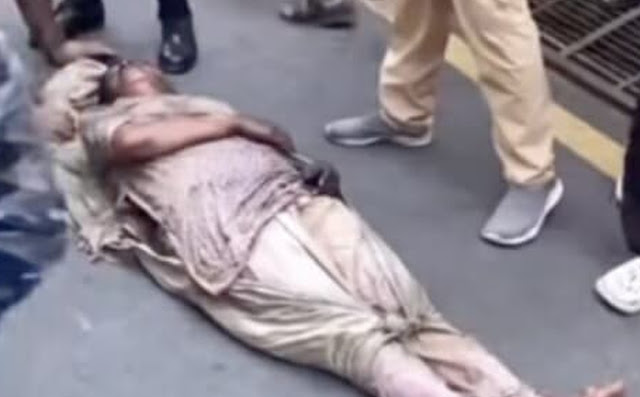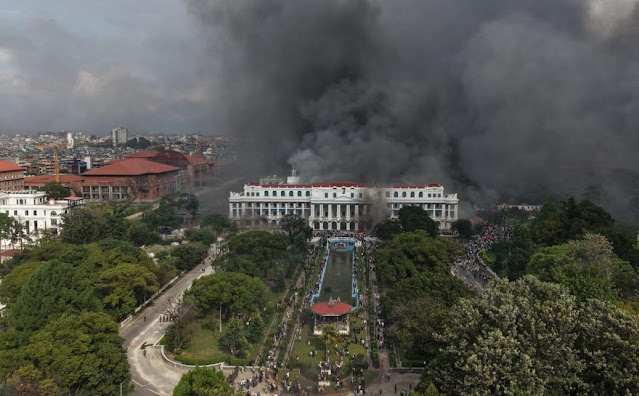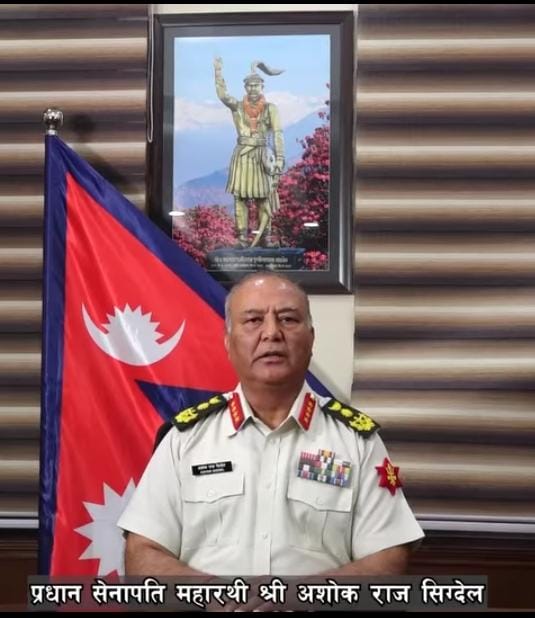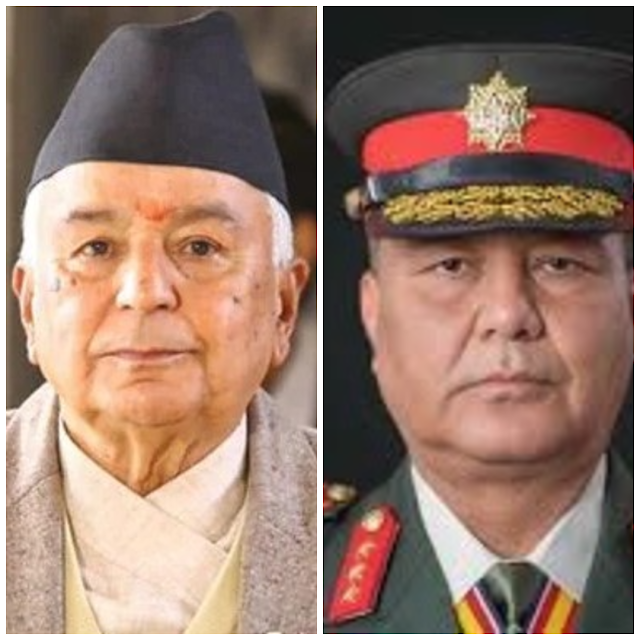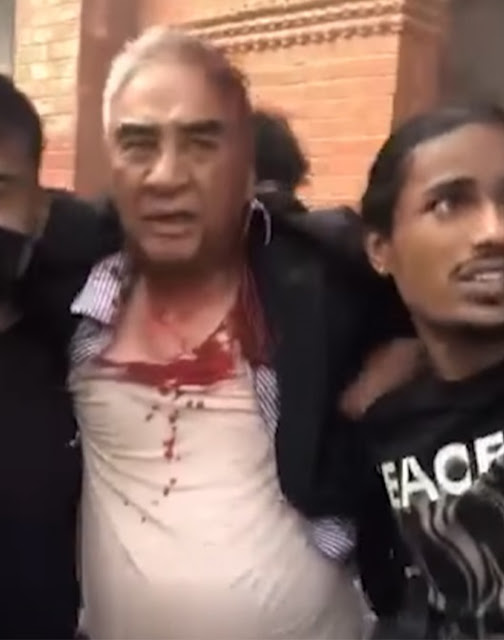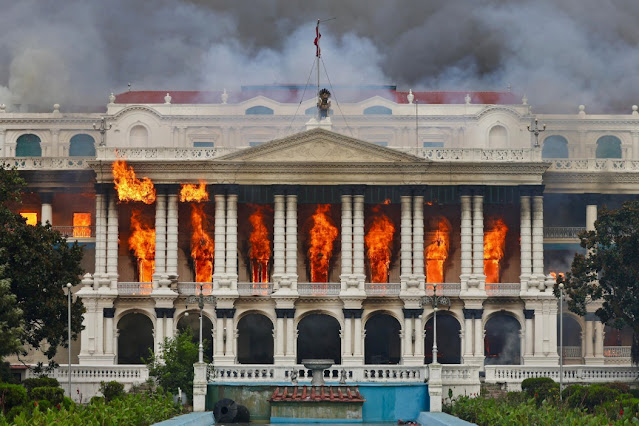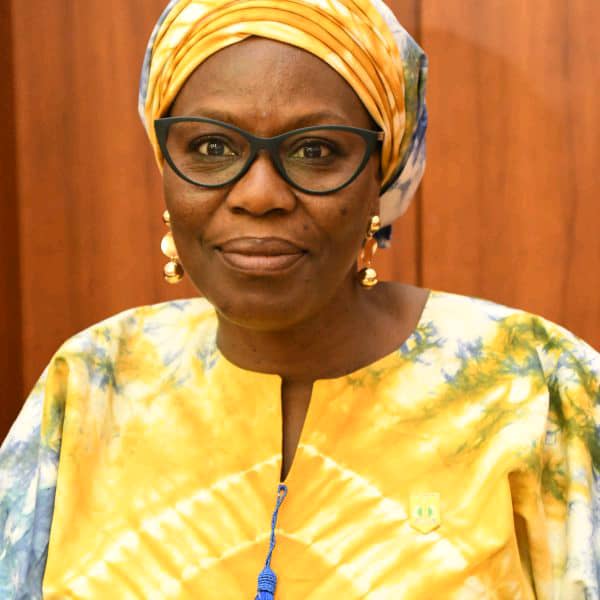According to family sources, protesters trapped Rajyalaxmi inside her home before setting it ablaze. She was rushed in critical condition to Kirtipur Burn Hospital, but succumbed to her injuries during treatment. Authorities have yet to issue an official statement regarding the killing. The incident marks a horrific escalation in the unrest, adding to the mounting death toll and intensifying national and international alarm over the protest movement’s violent turn.
Jhalanath Khanal, who served as Nepal’s 35th Prime Minister from February to August 2011, is a senior leader of the Communist Party of Nepal (Unified Socialist), formed after a split from the CPN (UML) in 2021 over disputes with party president K P Sharma Oli. Khanal, a veteran of Nepali politics, had also served as Minister of Information and Communication in 1997 and was known for his involvement in the peace process and constitutional reform.
The attack on his home is just one of several high-profile incidents of targeted violence against current and former political figures in recent days, despite the formal resignation of Prime Minister K P Sharma Oli, which was accepted by President Ram Chandra Paudel earlier this week. Oli’s Cabinet remains in a caretaker role until a new Prime Minister is elected — a timeline that has failed to de-escalate tensions on the streets.
As demonstrations surged into their second consecutive day, protesters breached the western gate of the Singha Durbar compound — Nepal’s central administrative complex — and set fire to sections of the building. Gunfire was reported near the Nepal Police Headquarters in Naxal, where Gen-Z demonstrators attempted to storm the premises.
All three branches of the state — executive, judiciary, and legislature — have now been targeted, with widespread vandalism and arson reported at government buildings, including the Supreme Court, where vehicles and infrastructure were torched.
The situation took another disturbing turn at Nakkhu Jail in Lalitpur, where all 1,500 inmates reportedly escaped following the release of Rastriya Swatantra Party (RSP) Chairman Rabi Lamichhane. Lamichhane, who had been in custody over a cooperative savings fraud case, was brought out by authorities on Tuesday to address protesters gathered outside. After his removal, prison authorities reportedly lost control, and police withdrew from their posts, allowing the entire prison population to walk free.
This mass escape has sparked serious security concerns, as public safety risks escalate across the capital and beyond. Law enforcement is on high alert, with reinforcements deployed across key areas, though containment remains difficult.
The Nepali Army has since stepped in with a public appeal for restraint, urging all citizens and groups involved to act with caution and responsibility. In a statement released Tuesday evening, the Army emphasized its role in safeguarding the sovereignty of the nation and protecting the lives of Nepali people. It also called on citizens to help preserve the country’s historical, cultural, archaeological, and national heritage during this crisis.
Civil society leaders and independent youth organizations have joined in the call for peace, urging demonstrators to avoid further destruction of public and private property and seek a political resolution through dialogue.
Despite these appeals, the Gen-Z movement — initially sparked by disillusionment over political corruption, generational neglect, and systemic failure — appears to be spiraling beyond the control of its own organizers. Fueled by anger and frustration, protesters have increasingly resorted to violent measures, including arson, assaults on officials, and destruction of media and judicial infrastructure.
The killing of Rajyalaxmi Chitrakar marks a grim milestone in the unfolding crisis. It not only underscores the intensity of public rage but also highlights the dangerous breakdown of law and order in the country. With political uncertainty deepening and state institutions under siege, Nepal finds itself facing a national emergency of unprecedented scale.


